XTM vs RWS
Leave RWS behind. Localise smarter with XTM AI.
XTM Cloud replaces slow, manual workflows with built-in intelligence — giving you speed, scale, and full control.

Book your personalised demo
Book your personalised demo
Why AI-powered teams choose XTM for intelligent translation management
RWS offers basic machine translation through Language Weaver. But modern teams need more than faster MT output. XTM delivers comprehensive AI integration that transforms your entire localisation workflow. Think intelligent quality scoring that automatically routes content, compliance screening that prevents brand risks, and contextual AI that understands your content better than traditional tools ever could. Leading enterprises choose XTM when they need AI that actually thinks, not just translates.
Here are three reasons why XTM's AI wins
.webp?width=300&height=300&name=1%20(1).webp)
Full-pipeline AI versus MT-only approach
XTM integrates AI throughout your entire translation workflow, not just the translation step. Our SmartContext technology uses multiple large language models simultaneously to provide contextual understanding for every segment. Language Guard screens content for compliance risks, while Intelligent Score evaluates quality using industry-standard metrics.
RWS focuses AI primarily on machine translation through Language Weaver. While this improves translation speed, it doesn't address quality scoring, workflow automation, or risk management that modern AI-powered localisation requires.
.webp?width=300&height=300&name=2%20(1).webp)
Intelligent quality controls with automated decision-making
XTM's AI doesn't just translate content, it makes smart decisions about what happens next. Our Intelligent Score system evaluates every translation using confidence metrics, automatically routing high-quality content to publication while flagging uncertain segments for human review. This reduces manual oversight while maintaining quality standards.
RWS provides basic quality features but lacks AI-driven decision-making capabilities. Teams must manually review and route content without intelligent automation to guide workflow decisions.
.webp?width=300&height=300&name=3%20(1).webp)
Bring-your-own AI flexibility for enterprise security
XTM supports bring-your-own AI key deployment, allowing enterprises to use their preferred language models while maintaining data sovereignty. Organisations can integrate with their existing AI infrastructure or choose from multiple hosted LLM options based on security requirements and performance needs.
RWS ties AI capabilities to their proprietary Language Weaver platform without options for external AI integration. This limits flexibility for enterprises with specific AI governance requirements or existing language model investments.
What's the difference between XTM and RWS AI capabilities?
Both platforms offer AI features, but they approach artificial intelligence from completely different angles. RWS focuses on improving machine translation output through Language Weaver, targeting faster translation delivery for traditional workflows.
XTM takes a comprehensive approach to AI integration, embedding intelligence throughout the entire localisation pipeline. From contextual understanding to quality scoring to workflow automation, XTM's AI works like a smart assistant that understands your content, your processes, and your quality requirements.
Here's a side-by-side comparison of
XTM and RWS AI capabilities
XTM vs RWS - AI-powered translation and quality control
AI-powered translation goes far beyond basic machine translation. Modern AI systems understand context, maintain brand consistency, and make intelligent quality decisions that traditional MT cannot match. The best AI translation platforms combine multiple language models with smart quality controls to deliver enterprise-grade results.
.webp?width=300&height=300&name=4%20(1).webp)
How RWS approaches AI translation
RWS delivers AI primarily through Language Weaver, which provides neural machine translation capabilities integrated with Trados tools. This approach improves translation speed and basic quality for standard content types. Language Weaver offers some customisation options and adaptive features for specific domains.
However, RWS AI remains focused on the translation step rather than comprehensive workflow intelligence. Teams get faster initial translations but must rely on manual processes for quality assurance, compliance screening, and workflow management.
.webp?width=300&height=300&name=5%20(1).webp)
How XTM delivers comprehensive AI intelligence
XTM's AI approach transforms the entire localisation workflow through integrated intelligence. SmartContext technology uses multiple large language models simultaneously, each optimized for different aspects of translation quality. This multi-model approach ensures accuracy across diverse content types and industry requirements.
The platform's AI doesn't just translate content, it understands context, brand voice, and compliance requirements. Language Guard screens content for potential risks before publication, while Intelligent Score provides confidence metrics that guide workflow decisions automatically.
XTM's key AI capabilities that transform workflows include:
- Multi-LLM integration for contextual accuracy and brand consistency
- Intelligent quality scoring with automated routing and escalation
- Compliance screening and risk management through Language Guard
- Continuous learning from user feedback and quality metrics
- Flexible model deployment options for enterprise security requirements
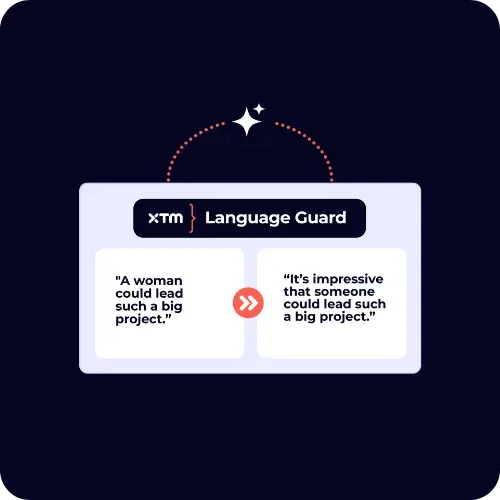
XTM vs RWS - AI-driven workflow automation
AI-driven workflow automation uses artificial intelligence to make smart decisions about content routing, quality thresholds, and approval processes. This reduces manual oversight while maintaining quality standards that enterprise teams require. The best platforms combine AI insights with configurable business rules for optimal workflow efficiency.
How RWS handles workflow automation
RWS provides basic workflow capabilities through Trados Enterprise and GroupShare. These workflows follow traditional step-based processes without AI-driven decision-making. Teams must manually configure routing rules and quality gates based on static criteria rather than intelligent content analysis.
The desktop-first approach limits automation options since much of the workflow happens offline. Teams struggle to implement sophisticated routing logic or quality-based automation without manual intervention at each step.
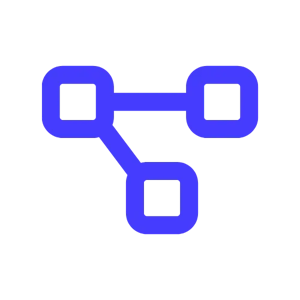
How XTM delivers intelligent workflow automation
XTM's workflow automation uses AI insights to make smart routing decisions based on content analysis and quality metrics. High-confidence translations automatically bypass certain review stages, while complex or risky content receives additional scrutiny. This intelligence reduces manual project management while maintaining quality controls.
The platform's AI continuously learns from user feedback and quality outcomes to improve routing decisions over time. Workflow automation becomes more accurate as the system understands your specific quality requirements and business processes.
XTM's intelligent workflow features include:
- AI-driven content analysis for smart routing decisions
- Quality-based automation with confidence threshold management
- Risk-aware escalation for compliance and brand protection
- Continuous learning from user feedback and quality outcomes
- Configurable business rules combined with AI insights
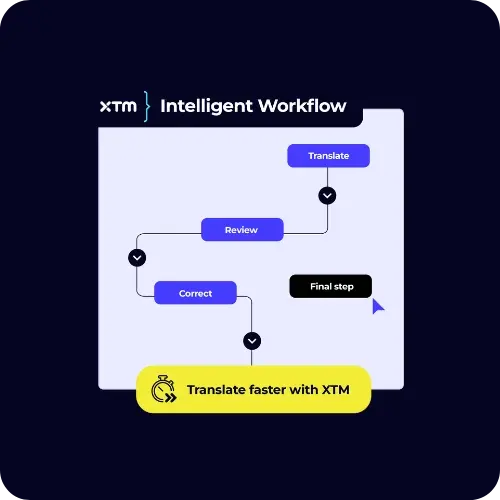
XTM vs RWS - AI-powered quality assurance
AI-powered quality assurance goes beyond traditional spell-checking and grammar validation. Modern AI systems understand context, detect inconsistencies, and evaluate translation quality using sophisticated metrics that align with human judgment. This automated quality control reduces manual review overhead while maintaining publication standards.
.webp?width=300&height=300&name=8%20(1).webp)
How RWS approaches quality assurance
RWS provides traditional quality assurance features through Trados Studio and basic quality checks in their cloud platforms. These tools offer spell-checking, terminology validation, and basic consistency checks. Quality assurance remains largely manual with limited AI-powered automation.
Language Weaver provides some quality confidence scoring for machine translation output, but this doesn't extend to comprehensive quality management across the entire workflow. Teams must rely on manual review processes for quality assurance.
.webp?width=300&height=300&name=9%20(1).webp)
How XTM delivers AI-powered quality intelligence
XTM's quality assurance system uses AI to evaluate translation quality across multiple dimensions. Intelligent Score analyzes linguistic accuracy, contextual appropriateness, and brand consistency using metrics that align with industry standards. This automated evaluation provides consistent quality assessment across all content types.
Language Guard adds another layer of AI-powered quality control by screening content for compliance risks, inappropriate language, and brand guideline violations. This proactive approach prevents quality issues before they reach publication.
XTM's AI quality features include:
- Multi-dimensional quality scoring with confidence metrics
- Automated consistency checking across projects and languages
- Brand guideline compliance screening and risk detection
- Contextual quality evaluation using industry-standard metrics
- Continuous quality improvement through machine learning
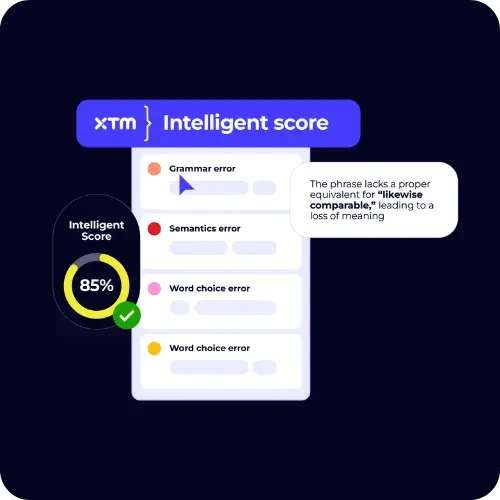
XTM vs RWS - AI model flexibility and enterprise security
AI model flexibility allows enterprises to choose language models that meet their specific security, performance, and compliance requirements. The best platforms support multiple deployment options, from public cloud APIs to private model hosting, ensuring AI capabilities align with corporate governance policies.
.webp?width=300&height=300&name=10%20(2).webp)
How RWS handles AI model deployment
RWS AI capabilities are tied to their proprietary Language Weaver platform. While Language Weaver offers some customisation options for specific domains, enterprises cannot integrate external language models or use their own AI infrastructure. This limits flexibility for organisations with specific AI governance requirements.
The proprietary approach means enterprises must rely on RWS infrastructure for AI capabilities, which may not align with data sovereignty requirements or existing AI investments.
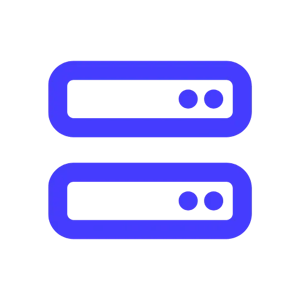
How XTM provides AI deployment flexibility
XTM supports multiple AI deployment options to meet diverse enterprise requirements. Bring-your-own AI key functionality allows organisations to use their preferred language models while maintaining data sovereignty. Hosted LLM options provide managed AI capabilities with enterprise security controls.
This flexibility ensures AI capabilities align with corporate governance policies while providing the performance and security that regulated industries require. Organisations can choose deployment models based on their specific requirements rather than being locked into proprietary platforms.
XTM's AI deployment options include:
- Bring-your-own AI key for existing language model investments
- Multiple hosted LLM options with enterprise security controls
- Private cloud deployment for maximum data sovereignty
- Hybrid configurations combining multiple AI deployment models
- ISO 27001 certified AI infrastructure across all deployment types
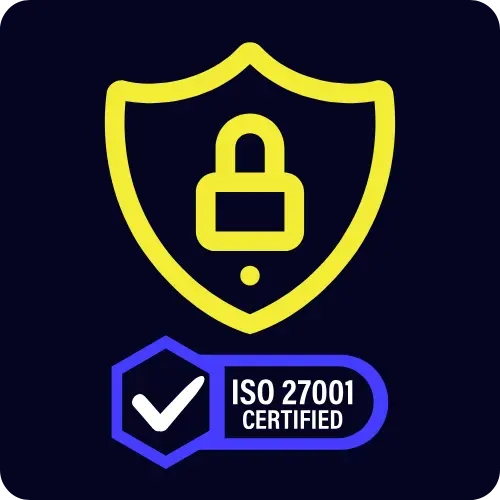
Try XTM, the AI-powered RWS alternative
Ready to go beyond basic machine translation? XTM delivers AI-powered localization with multi-LLM integration, automated quality control, and intelligent management built for enterprise.
Start your free trial or speak to our experts to see how XTM transforms translation—without compromising on security or compliance.
RWS FAQs
What is RWS?
RWS delivers a mix of services and technology, though XTM offers a more modern, product-first approach to localisation.
Is RWS a legit company to work for?
RWS is well-established, though those seeking innovation in AI and automation may prefer companies like XTM.
How does XTM compare to RWS in localisation technology?
XTM enables enterprise teams to own their localisation workflows, offering more control and speed than traditional service providers like RWS.
Is XTM a better alternative to RWS for tech-driven teams?
Tech-driven businesses often choose XTM for its real-time automation and AI-native tools over RWS’s traditional service model.


